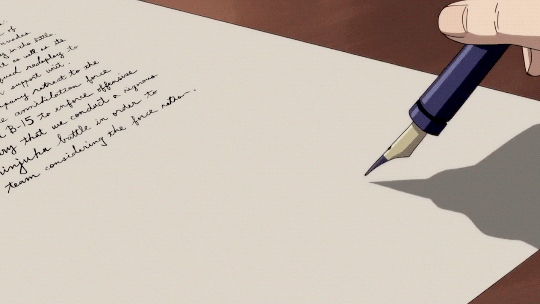For Week 3 our focus was on concept art and play structures: now that we had an idea, we needed to figure out how to gameify it and put some art down to paper. We had to ask ourselves: what is the experience? What is essential for that experience? How can my game capture that essence?
| Essential Experience | Concept Art Direction | Artist + Game Examples |
| I want my players to feel paranoia and stress. | The concept art should veer more towards realism, with a few liberties taken for a horror aspect. | – Five Nights at Freddy’s – The Stanley Parable – Layers of Fear (To see my research analysing these games, please click here!) |
There are 4 different play structures that can be found in games.
- Agon
- Competitive Skills-based, rule-based. Eg; Chess
- Alea
- Luck-based, Rule-bound. Eg; Poker
- Ilinx
- Vertignous, embodied thrill-seeking. Eg; Rollercoasters
- Mimesis
- Roleplaying, socially negotiated, improvised rules. Eg; LARP
The play structure that will be prevelant in my game will be Agon, as two players will be pitted against each other with little luck and roleplay involved. It will be mostly involved with strategy, as to make the player truly feel paranoid, I want them to feel like the plans they come up with themselves aren’t good enough.

AESTHETICS:
- Modern computer graphics
- Realistic, gritty, dark
- Low, eerie sounds
STORY:
- Linear structure.
- Non-Narrative based; the player creates the story by playing.
TECHNOLOGY:
- PC, PS, XBOX
MECHANICS:
- The Watcher: changing room layouts, keeping constant vigilance, defferring threats
- The Watched: hiding, sneaking, obfuscating
The main driving force of my game are the mechanics; they are what the entire game has been centred around so far, and without it the game would just fall apart.
Guest Lecture: jAKEDetonator
On Thursday we had a guest lecture from a man with a highly varied career, ranging from games to music cover art and several well-known IPs, who stressed the importance of taking inspiration from those around you.
He told us to “steal our way to the top”, not literally, but to put our own spin on existing ideas we love, and take notes on how and why we love it – why it works – to inform our own decisions. Additionally this can be applied to real life – taking inspiration from real environments and people, for an aspect of realism and relatability. For villains and antagonists we could take things that annoy us and channel it into our work.
His most comforting advice was to “fake it until you make it!”, we he described how he worked his way to the top. If we are generally nice and giving, then people will want to be nice and give in return. As a person who feels very insecure about the state of the games industry and my own place in it, it was important to me that he was confident in us. It made me a bit more confident too.
Concept art can also be a lot more than just the initial ideas. Professional concept artists have a wide and varied knowledge on visual styles; knowledge of colour and shape theory; how texture affects the art piece; and creating something that feels unique.
When using reference materials, we need to think about:
- What is the reference for?
- Giving credit for the reference (!!!)
- Using more original source material, such as photos

Leave a Reply